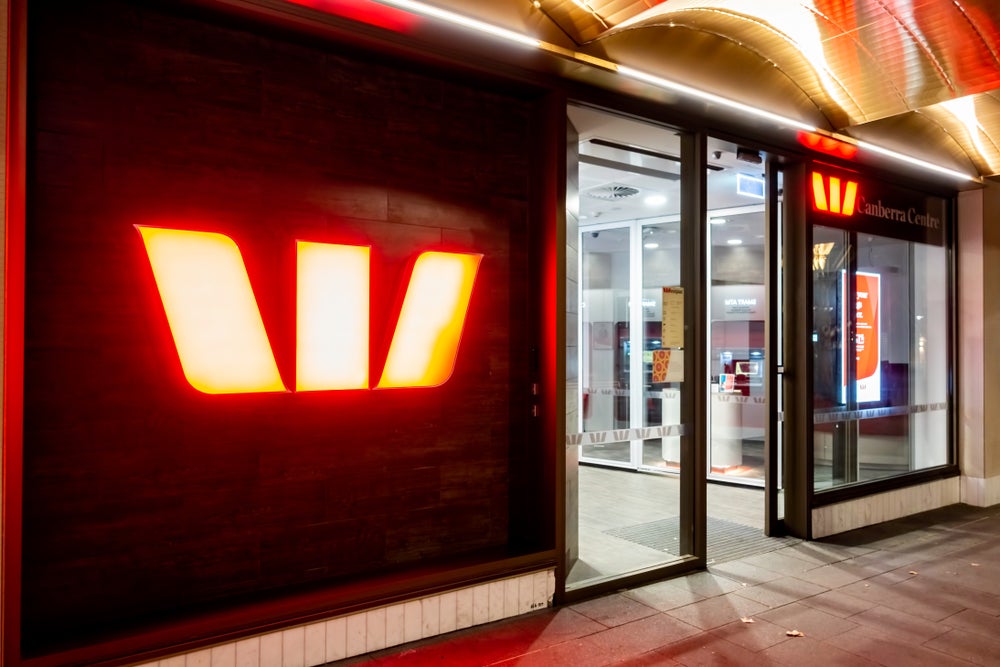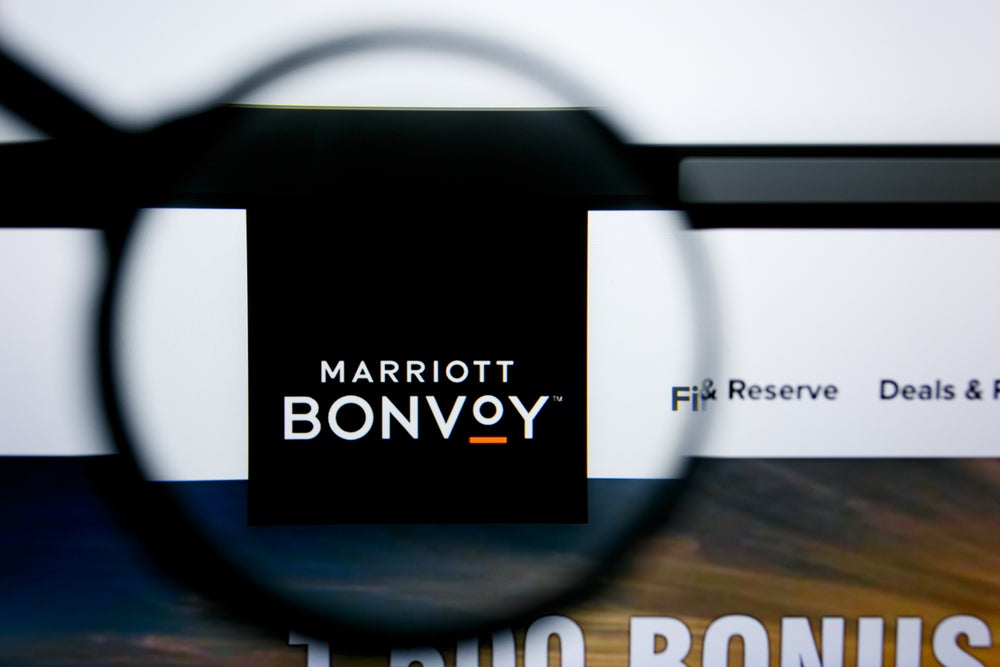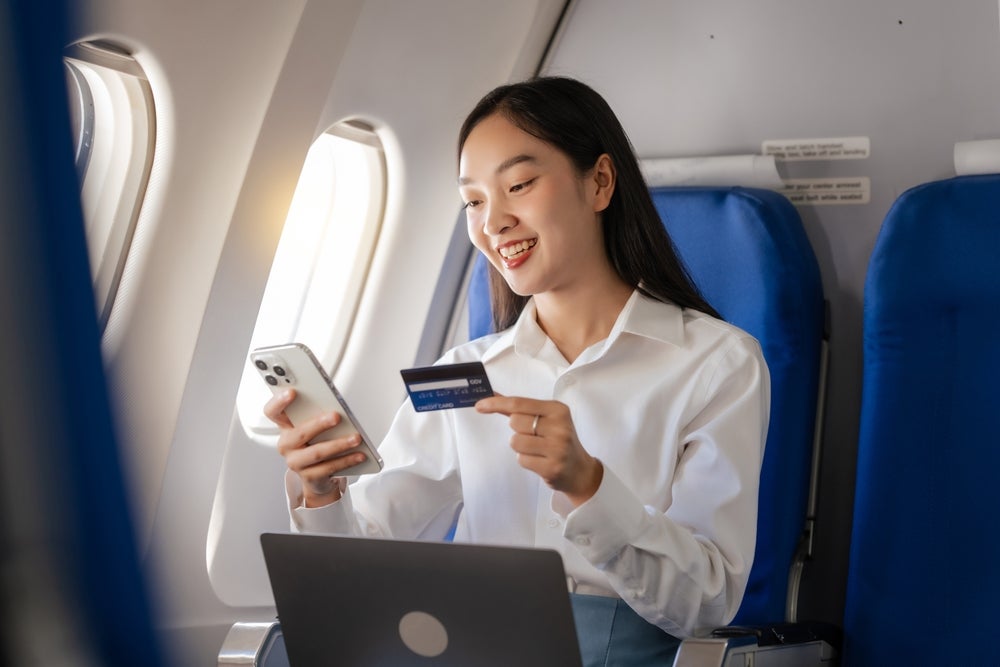Loyalty programmes on payment cards are a
staple nowadays, offered to secure customer retention and promote
card usage – but are marketers doing enough? And is the economic
downturn forcing loyalty programme providers to scale back the
level of rewards on offer? Divya Guha reports.
Marketers are finding it a tricky balance to pay
obeisance to the economies the financial downturn is demanding and
offering generous incentive programmes which will help retain the
stake their brand commands in emotional and economic loyalties. The
most effective programmes create customer evangelists who are more
likely to be active word-of-mouth marketers.But even though times
are tough, loyalty programmes are the last things companies are
looking at scaling back.
“Given the major investments made in
loyalty programmes – and their ability to retain customers even as
they must tighten their belts – smart operators are making their
loyalty programmes the last place to cut back,” Kelly Hlavinka,
partner at LoyaltyOne (owner and operator of the Airmiles programme
in Canada) told CI.
Jeff Robertson, vice-president of loyalty
programmes at US airline Delta, says the last thing they want to do
is to reduce loyalty schemes, even though they are dealing with
extremely tough economic circumstances.
“During such times if you have the best
programme in your industry, you can be pretty tough to beat,”
Robertson says.
How well do you really know your competitors?
Access the most comprehensive Company Profiles on the market, powered by GlobalData. Save hours of research. Gain competitive edge.

Thank you!
Your download email will arrive shortly
Not ready to buy yet? Download a free sample
We are confident about the unique quality of our Company Profiles. However, we want you to make the most beneficial decision for your business, so we offer a free sample that you can download by submitting the below form
By GlobalDataProvided programmes offer real value,
“they will grow, and see prompter redemption,” says Stuart Evans,
general manager at loyalty programme consultancy ICLP.
“More generous loyalty programmes are
helping retailers to get out of the discount trap they find
themselves in, as consumers are more likely to spread spending,”
Evans told CI.
More integration of
offerings
Evans explains that this is prompting
issuers to increasingly look at integrating the latest product
propositions such as prepaid cards to underpin their loyalty
offerings.
“Rather than offering them as individual
consumer propositions and incur separate costs, they are now
looking at solutions that include all costs, ideally running
through their existing POS system via a gift card, which could be a
loyalty programme,” he says. “Contactless and biometric loyalty
solutions will also become more and more significant.”
European loyalty software solutions
provider Welcome Real Time has come up with a new offering it is
touting as the next generation of loyalty offerings (recently
launched in India in conjunction with Venture Infotek), which
provides targeted marketing in real time and which will expedite
the need for customers to enrol in loyalty programmes altogether.
When a purchase is made using a card, details are stored at the
POS.
The cardholder may then be immediately
offered an incentive to return within a period of time. Such a
product increases the likelihood of a marketer customising the
behaviour of the consumer.
Over in Canada, the Airmiles programme has
over 70 percent household participation. It works by allowing
consumers to accumulate points or ‘miles’ across many retailers and
other business sponsors and redeem them for merchandise like
electronics, CDs, vacation packages and sporting event tickets.
Insofar that loyalty programmes offer
money off purchases and customers at bad times look for value, the
job of loyalty programmes to entice spenders has become that much
easier. But what is loyalty? Does it stop at discounts?
More opportunity for
engagement
Experts believe too few loyalty-winning
efforts encourage consumers to do more, and think marketers should
use initiatives less as promotion vehicles and more as
opportunities to identify and engage their best customers.
In markets across Asia-Pacific, the US and
Europe, frequent travel miles are now widely being converted to
retail, telecom and credit card tie-ins and seeing longer pay-off
periods.
Since its launch in the UK, Airmiles
Online Shopping retail partners have increased by 40 online stores
(including Debenhams, Bodyshop, L’Occitane and BHS) from 120 to
over 160 brands, with some partners offering 1 Airmile for every £2
($2.76) spent. Online shoppers visit Airmiles’ website and click
through to the participating retailers to collect points.
According to a survey by Alliance
Data-owned Colloquy, a US-based firm specialising in loyalty
marketing research, the most common demographic in the US and
Canada using loyalty cards is the affluent segment.
“In 2007, nearly 80 percent of affluent US
consumers [with a household income of more than $125,000] were
active participants in loyalty programmes. That’s compared to 57
percent of the US general population,” LoyaltyOne’s Hlavinka told
CI.
“We found the same pattern in Canada: 96
percent of affluent Canadian consumers were active participants
versus 86 percent of its general population.”
This makes perfect sense, as the richest
have the most disposable income so they are sought out by every
category from financial services to travel to retail.
“And because of their higher spending
patterns, they tend to be among the most active members because
they reap rewards faster,” adds Hlavinka.
Loyalty as commodity
It remains a challenge for many retailers
to avoid adding a layer of cost to incentivise people who would
otherwise use a product without inducement. With the ubiquity of
the loyalty programmes, many retailers are offering incentives as a
defensive measure. The Economist magazine reports that the number
of unredeemed Airmiles in 2007 outnumbered the total number of US
dollar bills in circulation in the world. Customers who look for
loyalty programmes have now come to expect them as
entitlements.
Comparison sites have cropped up that
allow canny consumers to trawl through loyalty credit/debit cards.
In the UK, according to figures provided to CI by
comparison site Moneysupermarket.com, searches for cards offering
cashback on purchases (offered only to consumers with squeaky clean
credit histories and carrying severe late payment penalties) have
increased from 6.2 percent in June last year to 8 percent now,
while reward searches have seen only a moderate increase from 1
percent in June last year to 1.2 percent now.
But purists say such a consumer attitude
is not strictly speaking ‘loyalty’.
Wharton marketing Professor Xavier Dreze
explains to CI: “Programmes can now be viewed as an
additional business cost; there is the mindset of ‘as a lot of
marketers offer loyalty cards, so I must have one too’. And they
don’t always manage to leverage it – the data analysis is not up to
scratch which will allow them to use different customers
differently. If you don’t leverage information, if you don’t gain
from it then there is no real benefit, then it is just an
additional cost. That’s a big problem.”
So a loyalty programme must ideally
cultivate the absolute loyalty of a customer who will show no
schizophrenia and switch between programmes by looking for the best
deal around.
Marketers design programmes to deliver a
greater share of their customers’ wallets to companies, the
opportunity to up-sell and cross-sell other services, and provide
important information on how customers may be segmented and served.
Emotional loyalty and customer engagement, critics believe, are
stronger bonds. To service unmet needs of the individual through
more creative channels will drive long-term loyalty and replace the
need for ‘points mean prizes’ programmes.
The heaviest travellers, for instance,
know that recognition is more valuable than free flights. Once
travellers become higher-tier customers, it is less likely that
they switch airlines. Free upgrades, priority check-in, and
preferential seating are a lot more meaningful to them and they are
less likely to try and re-establish themselves with another
airline. Business travellers are also often immune to costs as they
travel for free, and in this way airlines have the perfect customer
– one who is loyal and immune to costs.
On the balance sheet
Loyalty points are held as long-term debt
on balance sheets, which even though they may be written down by an
airline, retailer or hotel, cannot be easily repaid because of the
large number of individuals who own small percentages of the
debt.
In fact, this was a factor in the troubles
the airline and travel industries faced in 2001-02. Airlines’
credit card company partners came to their rescue in this respect
by acting as guarantors to assist in keeping them in business, as a
fall in one partner’s fortune would adversely affect everyone
involved.
Such partnering proved beneficial for
loyalty programmes and has continued to create business for
airlines and hotels. But it is worth noting, says Dreze, that it is
easier for hotels and airlines to run their loyalty programmes,
because it costs them nothing additionally. Managing and renewing
retail reward portfolios with elaborate inventories and the IT and
manpower they require is not something hotels or airlines need to
worry about, unlike retailers. Also, it is easy for airlines to see
the divide between heavy and light travellers and identify whom to
cultivate.
Supermarket giant Wal-Mart is in a
different league. Identified as one of the top 10 US brands in 2007
by marketing data provider BrandZ, it seems to have met its loyalty
and data needs in one fell swoop. And it does not even offer a
loyalty programme. Given that Wal-Mart’s mainstay is low prices,
they are assured custom in a recessionary environment. But how it
does go about collecting information – one of the main reasons to
run a loyalty programme – is through basket analysis, and its
credit card, and now prepaid card programmes. Its growth as a
financial services provider is taking care of the required data
analysis needs, and in turn boosting its cards portfolio.
Few costs, real
benefits
 ICLP’s Evans says:
ICLP’s Evans says:
“Revenue tracked through loyalty programmes will inevitably see a
decline, but will be disproportionate to total revenue trends.
Loyal customers will be coming back, responding to targeting,
relevant messages and signals from retailers.”
Evans predicts that in retail, cardholders
will use points more against day-to-day items such as petrol or
food than inessential travel. This means that points are being
monitised faster. Loyalty card usage is still mainly driven by the
frequency of purchase, he says.
“Card usage, which is defined as
penetration of total customer base and usage of the card to collect
points or benefits, will be significantly higher when purchases are
part of every day life, for example grocery shopping,” he adds.
Another interesting, if profound, idea
identified in research by Professor Dreze is that the more
achievable a goal of redeeming rewards is, the more likely it is
that consumers will remain loyal.
“One will not be interested in returning
to a brand a second time if success is not guaranteed,” he says.
“But with a loyalty programme, if you get your first reward, say, a
free cinema ticket, you start on achieving that goal again because
it is a recurring goal. You might work harder the next time and try
and get a ticket faster.”
It is important that programmes deliver
financial benefits, but it is self-defeating if the rewards are
unobtainable. Making benefits achievable now may help retain
customers by acquiring them for the short term but benefitting from
greater participation in better times in the long term.
LoyaltyFirst’s Hlavinka says a 2007
loyalty survey showed growth in two sectors that rose above the
rest: financial services and speciality retail.
“Self-reported participation by consumers
in those sectors is highest. But, more telling was the 164 percent
growth in memberships in financial services and 93 percent growth
in membership in speciality retail,” she says.
Nature of
partnerships
Hlavinka believes the most telling
difference in partnerships in developed and emerging markets is how
the issue of scale plays out.
“Broad, national coalitions are common in
countries that have smaller populations – at least relative to the
US and Mexico,” she says.
“Those two countries are among the only
countries not to have national rewards coalitions. In countries
with smaller populations, it becomes much more difficult to make
the business case for investing in a proprietary, stand-alone
programme. The investment in technology, communications and
operations often doesn’t get the economies of scale among smaller
countries that it can in a country like the US.
“The success of the coalition model in so
many different markets will likely cause US companies to take a
second look at the benefits of such a loyalty model,” Hlavinka
adds.
“The current recession may also be a
catalyst for US companies to examine how partnering with other
major non-competitive players can enhance the performance of their
programmes – while sharing costs at the same time.”







